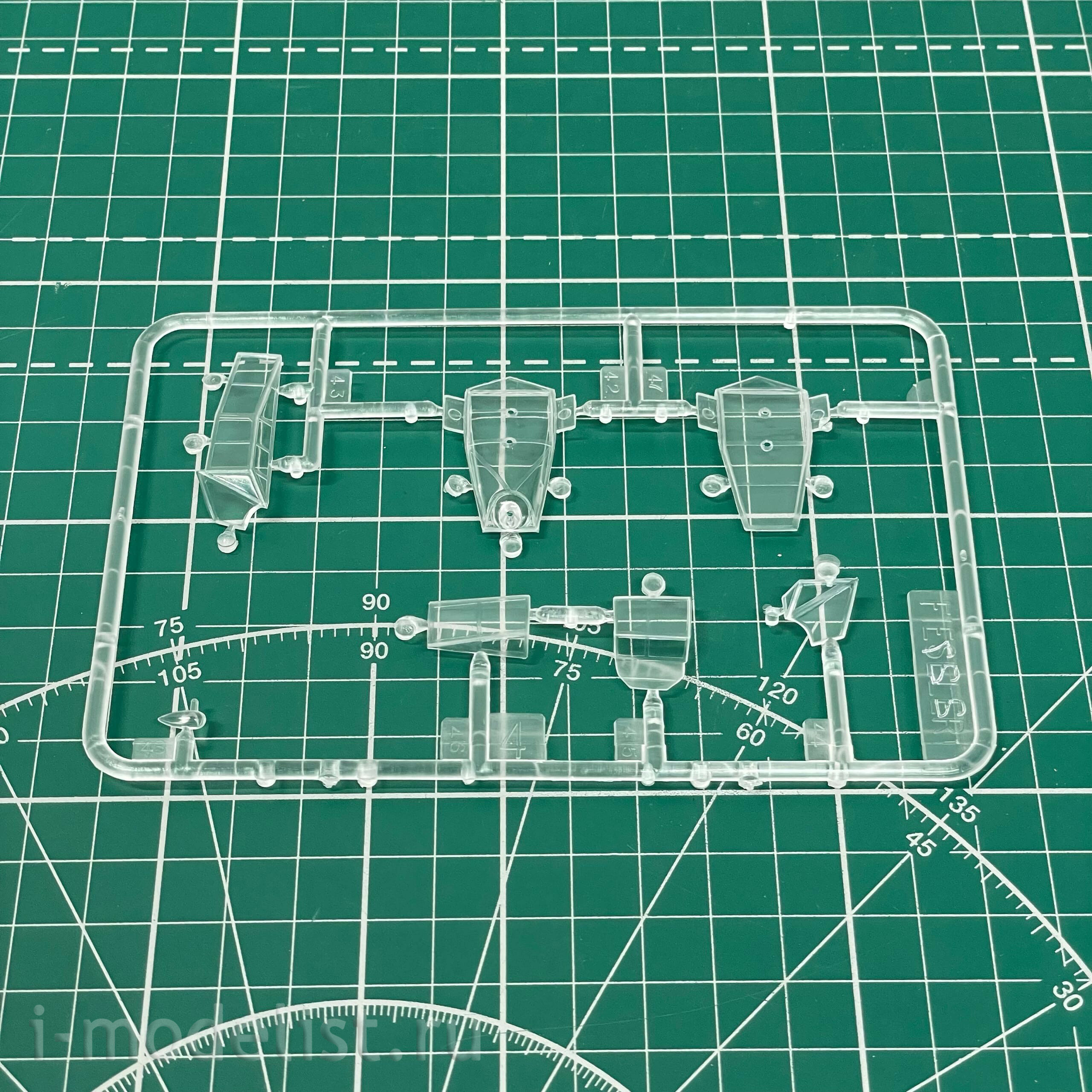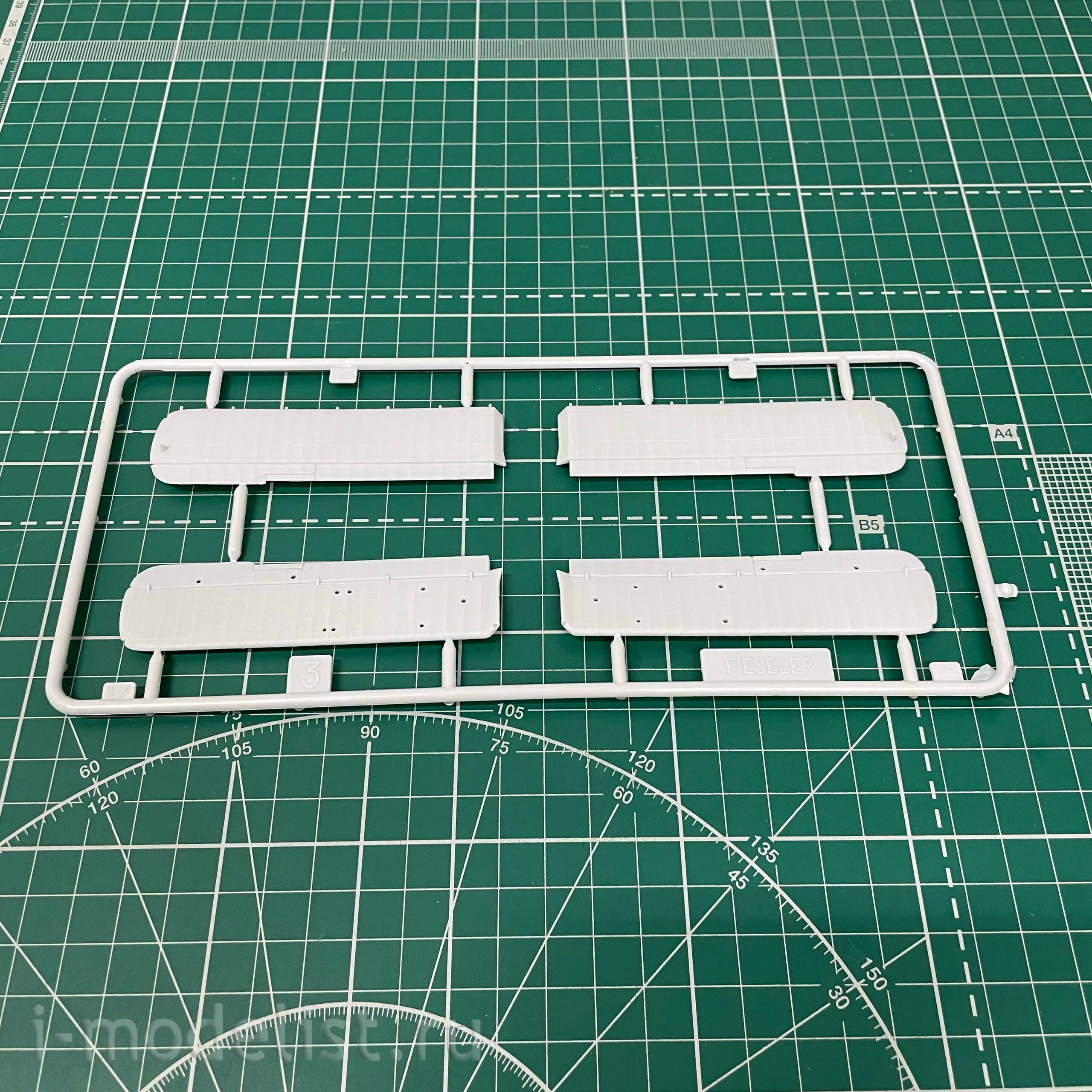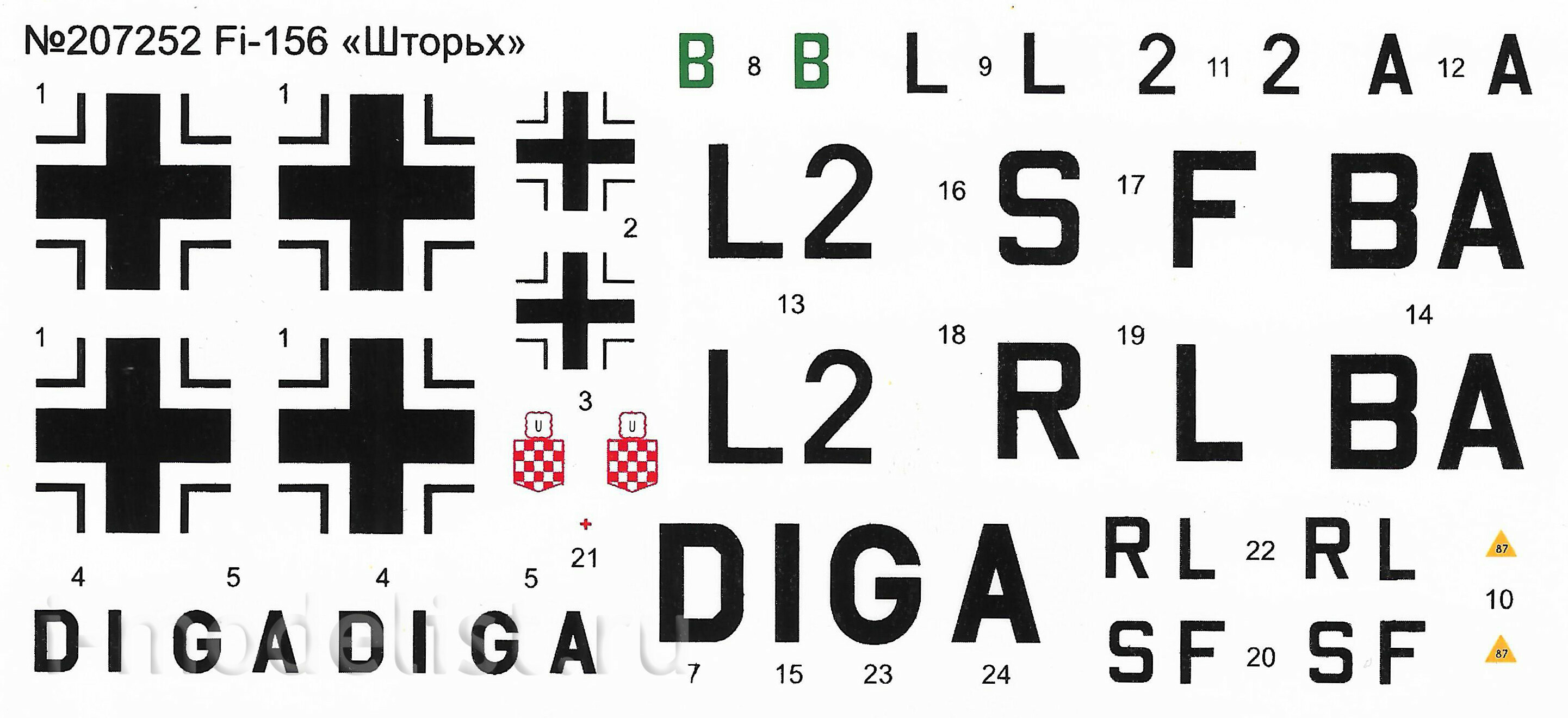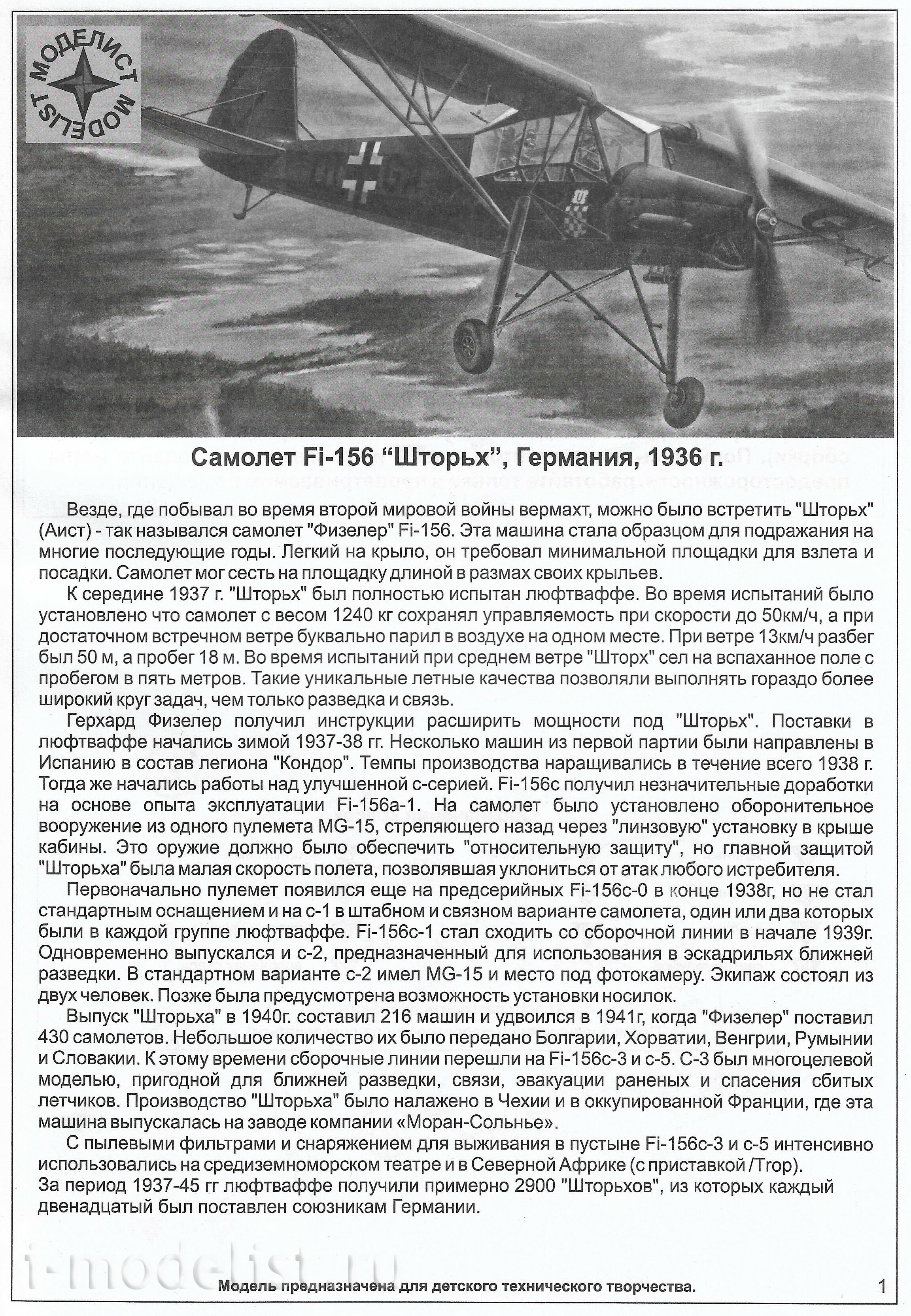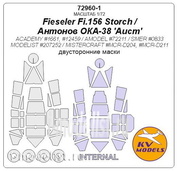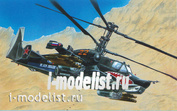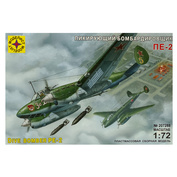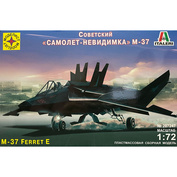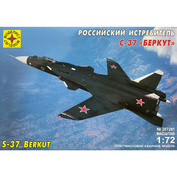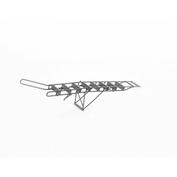Additional Information
all the places visited during the second world war, the Wehrmacht was to be found "Storch" (Stork) - the so-called aircraft "Fieseler" Fi-156. This machine has become a role model for many years to come. Lightweight on the wing, it required a minimum pad for takeoff and landing. The plane could land on a platform long in the span of its wings.
By mid-1937, the "stork" was fully tested by the Luftwaffe. During the tests it was found that the aircraft with a weight of 1240 kg remained controllable at speeds up to 50 km/h, and with sufficient headwind literally soared in the air in one place. With a wind of 13 km/h, the run-up was 50 m, and the run was 18 m. During the tests with an average wind ,the "storm" sat on a plowed field with a run of five meters. Such unique flying qualities allowed to carry out much wider range of tasks, than only investigation and communication.
Gerhard Fieseler was instructed to extend the power of the "Storch". Deliveries to the Luftwaffe began in the winter of 1937-38. Several machines from the first batch were sent to Spain as part of the Legion "Condor". Production rates were increased throughout 1938 began work on an improved c-series. Fi-156c received minor improvements based on the experience of Fi-156a-1 operation. The aircraft was equipped with defensive weapons from one mg-15 machine gun, firing back through the "lens" installation in the roof of the cabin. This weapon was supposed to provide "relative protection", but the main protection of the "Stork" was a low speed flight, allowing to evade attacks of any fighter.
Initially, the machine gun appeared on the pre-production Fi-156c-0 at the end of 1938, but did not become standard equipment and the c-1 in the headquarters and liaison version of the aircraft, one or two of which were in each group Luftwaffe. Fi-156c-1 began to descend from the Assembly line in early 1939. At the same time produced and c-2, designed for use in the squadrons of near intelligence. In standard version c-2 had MG-15 and place under the camera. The crew consisted of two people. Later it was possible to install a stretcher.
the Issue of "Storia" in 1940. 216 machinery and has doubled in 1941, when the "Fieseler" put 430 aircraft. A small number of them were transferred to Bulgaria, Croatia, Hungary, Romania and Slovakia. By this time the Assembly lines had switched to Fi-156c-3 and c-5. The s-3 was a multipurpose model suitable for close reconnaissance, communications, evacuation of wounded and rescue of downed pilots. The production of "Storge" was established in the Czech Republic and in occupied France, where this car was manufactured at the plant of the company "Moran-Solgne".
With dust filters and desert survival equipment, Fi-156c-3 and c-5 were used extensively in Mediterranean theatre and North Africa (with prefix /Tgor).
For the period 1937-45 biennium Luftwaffe received about 2900 "Shtorhov", of which every twelfth was delivered to the allies of Germany.
| Tactical and technical characteristics of Fi-156c-2 | |
| Wingspan, m | 14.25 |
| Length, m | 9,90 |
| takeoff Weight, kg | 1325 |
| Maximum speed, km/h | 175 |
| Ceiling, m | 4600 |
| Range, km | 385 |
Warning! Glue and paint are not included.
Caution! Glue and paints are not included.
The configuration and appearance of the model are subject to change without notice.
Additionally, we recommend also purchasing
Related Products
You watched recently





